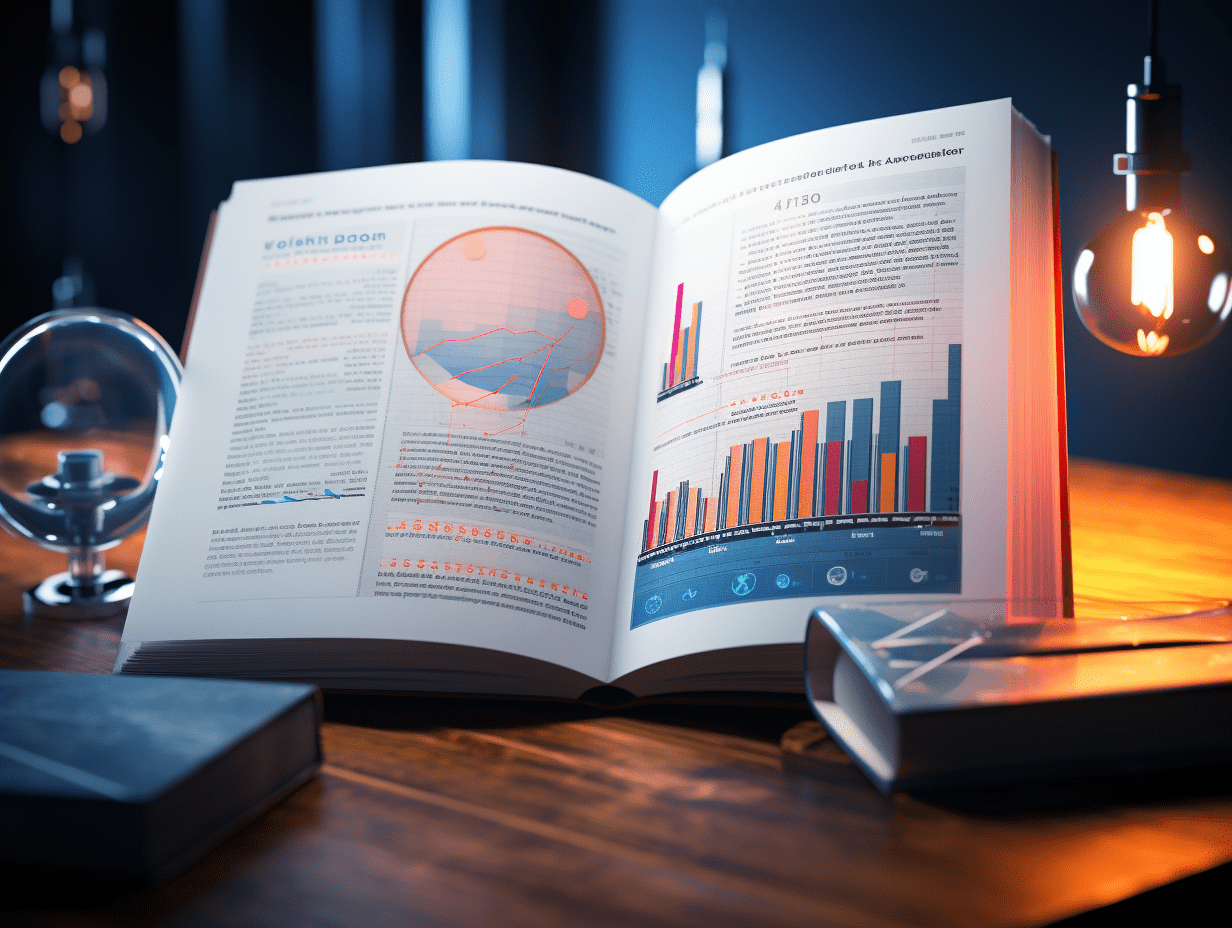The bull market in US stocks continues? High valuations face performance tests.
As the second quarter is coming to a close, the US stock market is extending the hot spring market trend into the summer.
As the second quarter is coming to an end, the U.S. stock market is extending the spring rally into the summer, with the S&P 500 index hitting new historical highs. Investors are betting on a potential interest rate cut by the Federal Reserve, reduced tariff risks, and possible tax cuts and fiscal stimulus plans from Congress, all contributing to the continuous rise in U.S. stocks.
However, the current question is whether corporate earnings performance is sufficient to support the rally in the second quarter. J.P. Morgan will kick off the earnings season on July 15th, and some investors are starting to worry that the current market valuation is high and volatility risks are low, which may indicate that the market has already priced in overly optimistic earnings growth and economic performance, making it difficult to sustain in the coming year.
Charu Chanana, Chief Investment Strategist at Saxo Bank, stated, "The U.S. market is still leading globally, driven by strong earnings momentum, macroeconomic resilience, and optimism fueled by the artificial intelligence boom. The question of whether the 'buy America' trading pattern will return to the market's focus." However, she also cautioned, "With valuations at high levels, this earnings season must validate market expectations for a recovery in the second half of the year, otherwise there may be risks of reassessment in the market."
By the close of Monday, the S&P 500 index hit a new historical high of 6,201 points, with an overall price-to-earnings ratio (based on expected earnings for the next 12 months) of 22.8 times. According to data from Goldman Sachs, not only is this historically high, but it also exceeds the tech-heavy Nasdaq 100 index and the small-cap Russell 2000 index.
Louis Navellier of Navellier Calculated Investing pointed out, "It is clear that the market is already reflecting optimistic expectations of corporate earnings and investors are hoping to enter the market before the Federal Reserve cuts interest rates." He added, "Geopolitical risks are evidently underestimated by the market, with investors generally believing that these risks will not have a substantial impact on economic growth, and tariffs may not actually be implemented or significantly raise inflation. Like in the past, bull markets always have far fewer problems than bear markets."
According to LSEG data, total earnings for S&P 500 constituents in the second quarter are expected to grow by 5.9% year on year, reaching around $529 billion. However, since the end of March, the index itself has risen by about 10%, much higher than the earnings growth.
Of note, almost half of the major industries in the S&P 500 are expected to see earnings remain flat or decline year on year. Among the six industries with earnings growth, around 82% of the growth will be concentrated in the telecommunications services and information technology sectors.
LSEG forecasts full-year earnings growth of 8.5% for 2025. Based on this growth rate, the current market valuation is 23.4 times, slightly higher than the current 22.8 times, but the 8.5% growth is still far below the market's earlier expectations of 14%.
Even with high valuations, investors' demands for risk compensation are quite limited. WisdomTree's calculations show that the equity risk premium between stocks and risk-free government bonds is only 2.4 percentage points, the lowest level since the early 2000s.
Meanwhile, market volatility is near its yearly low. The Cboe Group's VIX index currently stands at 16.62, indicating that traders expect a daily volatility of approximately 65 points for the S&P 500 in July, compared to a high of 105 points in early April.
While Clark Bellin, President and Chief Investment Officer of Bellwether Wealth in Nebraska, acknowledges that the market may be "too complacent", he does not believe that the current levels are cause for concern. He said, "Market highs often make people think a pullback is imminent, but in reality, new highs often lead to more new highs." He believes that "this positive momentum may continue for a while, despite the presence of volatility."
Bellin also pointed out that the biggest challenge for investors in the second half of 2025 will be how to deploy new capital, especially for those investors who did not add positions during the market pullback in April.
Related Articles

Eddie Lee: Accelerate the development of Hong Kong parks in the Northern Metropolitan Area, the New Territories Science and Technology City, and the Shenzhen-Hong Kong Science and Innovation Cooperation Zone in the River Loop.

Dalio calls for cooperation between the two parties to defuse the American "debt bomb", improve the balance between supply and demand of US debt, and lower interest rates.

Semiconductor sets a record to save the day! South Korea's exports rebounded by 4.3% in June, despite looming economic concerns amid the countdown to tariffs.
Eddie Lee: Accelerate the development of Hong Kong parks in the Northern Metropolitan Area, the New Territories Science and Technology City, and the Shenzhen-Hong Kong Science and Innovation Cooperation Zone in the River Loop.

Dalio calls for cooperation between the two parties to defuse the American "debt bomb", improve the balance between supply and demand of US debt, and lower interest rates.

Semiconductor sets a record to save the day! South Korea's exports rebounded by 4.3% in June, despite looming economic concerns amid the countdown to tariffs.

RECOMMEND

Trump Signals End to Trade Talks, Vows to Impose Tariffs Unilaterally Ahead of July 9 Deadline
30/06/2025

One License Unlocks HKD 23.4 Billion Surge: Unpacking Hong Kong’s Ambitions as a Global Virtual Asset Hub
30/06/2025

16 Companies Submit IPO Applications in One Day; Hong Kong IPO Fundraising Hits Three-Year High
30/06/2025


